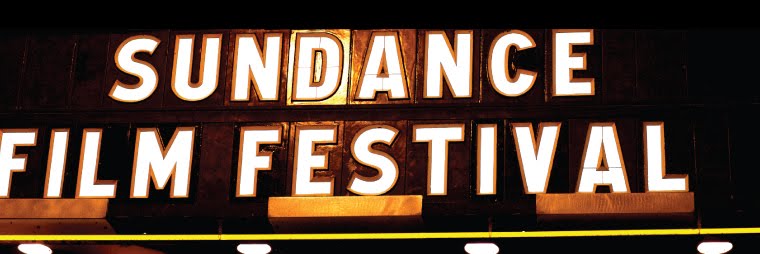
I know I’ve talked with some of you about graduate school. You wind up in this class that asks you to read (really read, and understand) a ton of theoretical work (imagine Laura Mulvey teaching your first film class). You feel totally overwhelmed, but just keep swimming as fast and hard as you can until the semester is over and then…breathe a bit and leap back into the intellectual pool to pursue the ideas you might have just stroked past out of necessity previously.
That’s what Sundance is like for me.
We’ve already seen three or four documentaries. In If a Tree Falls, I watched a middle-class kid become radicalized by police brutality, and then start to wonder what he’d done. In Sing Your Song, I watched a perhaps too glorified version of Harry Belafonte’s life as an activist, produced and constructed to show him in the best possible light and sort of wondered what was left out in the shadows of the story. In The Black Power Mix Tape, the racist violence that leads to radicalism infuses every tape in the mix, until the weight of our racist past arouses anger like bile in my throat. Butt Naked, for me, portrayed an individual, a population, and a nation caught up in madness. If, as Freud suggests, whole civilizations can become neurotic, how can the civilization redeem itself? What kind of world causes/allows/ nurtures such murderous criminality, and how can a different future assert itself in the face of such a past?
And that’s just considering my initial responses.
For your presentations, I want you to start with your initial response and then get more analytic. I’d like everyone to consider the formal characteristics of the documentary first. Look at Bordwell and Thompson, the essay about the modes included in the blog, as well as Aufderheide and Barnouw. Consider, as carefully as you can based on one viewing, how the film is constructed. Then consider the content as it relates to form. You should start to think about your thesis for the long paper, and perhaps even advance it in your presentation, so that your colleagues can give you feedback and suggestions. I’ll expect to hear you talk about where you see the documentary you discuss in the trajectory Barnouw provides. Look at Bordwell and Thompson’s discussion of The River and The Man with a Movie Camera for models of documentary film analysis.
See you tomorrow!

No comments:
Post a Comment
Note: Only a member of this blog may post a comment.